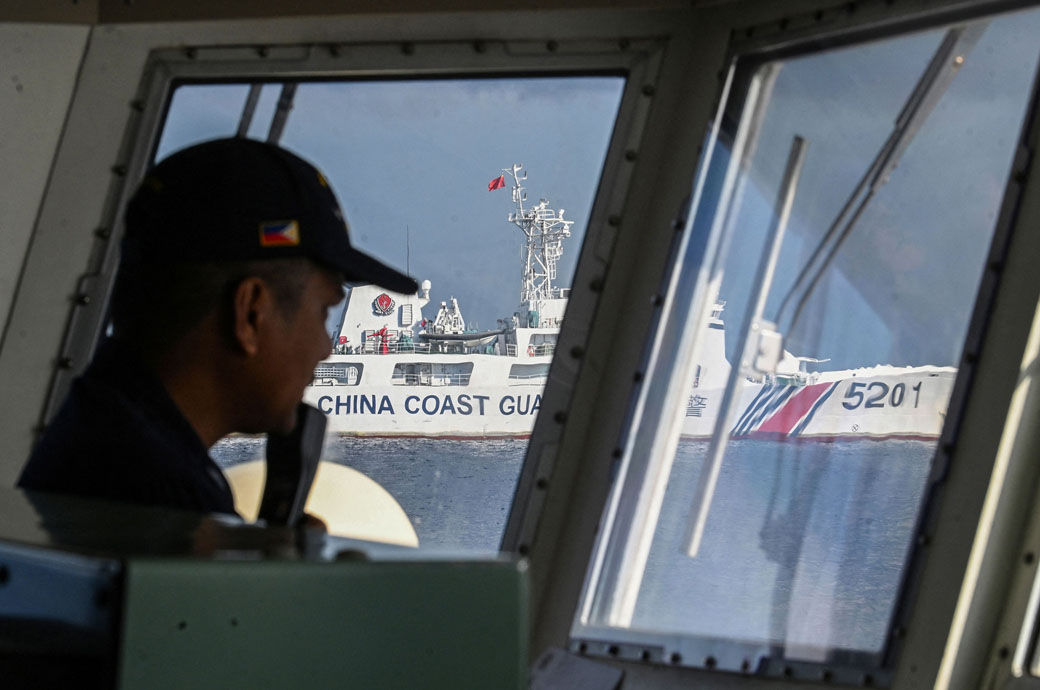A team of scientists, seeking to determine the minimal amount of light plants need to survive, locked their boat in Arctic ice for an entire year. The data they gathered revealed that some species can perform photosynthesis at levels far lower than anything seen before.
Scientists have long calculated the theoretical minimum amount of sunlight required for the chemical process that sustains life on Earth, but no species had ever been observed nearing that threshold—until now. This discovery means life could exist in portions of the ocean that had previously been deemed off limits.
“It is very impressive to see how efficiently the algae can utilize such low amounts of light,” said Clara Hoppe, a marine geoscientist at the Alfred Wegener Institute, who led the research team, in a statement. “This shows once again how well organisms are adapted to their environment.”
To find out more about the small amount of light that’s needed for photosynthesis, Hoppe and her colleagues parked a research vessel called the RV Polarstern in Arctic ice for a full year, beginning in September 2019. The team stayed aboard, and also in tents set up nearby, as the vessel drifted along with the ice. Over that time, they took measurements on the production of carbon, which is a result of photosynthesis and light levels in the ice and water.

In the resulting study, published in Nature Communications, Hoppe and her team point out that ocean-based photosynthesis can only occur in the topmost portion of the water, where sunlight can still reach. The lowest part of that region receives only 1% of the sunlight of the surface, but prior research had determined that, theoretically at least, photosynthesis could still occur with even less light. However, even most ice algae, which has adapted to low-light conditions, have needs that exceed that threshold.
During the polar night, a months-long period when the Sun never shines near the North Pole, the phytoplankton and algae did not produce any carbon, indicating that photosynthesis was not taking place. That was expected, but what was surprising was just how quickly things came back to life. The plants were blooming by mid-March, when levels of light are still incredibly low in the Arctic. Even organisms located directly under snow-covered ice, where only a few photons could penetrate, were able to start growing. The light levels were so low that they measured approximately one hundred-thousandth of a percent of the sunlight humans experience on a bright day at the surface.
While the study focused on a specific area of the Arctic, Hoppe said the results allow for the assumption that organisms have adapted to low-light conditions in other areas of the world’s oceans. That could mean oxygen, and food for fish, in areas that previously were thought to be inhabitable.
Despite being discovered in the 17th century, scientists are still making discoveries about the ins and outs of photosynthesis. Oxygen is a byproduct of the process; as anyone who’s ever held their breath can tell you, that element is somewhat vital to humans not dying. Since photosynthesis plays a crucial role in how plants remove carbon from the atmosphere, understanding this fundamental process of life on Earth is increasingly important.







